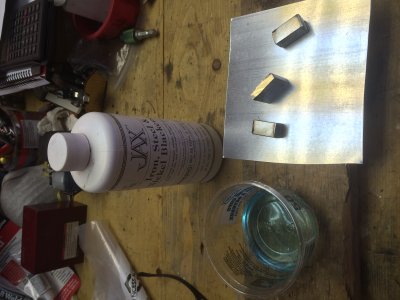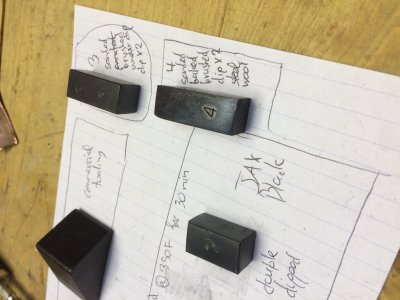Jax black again...
After Kyle's suggestion of heating parts to clean them I cooked some test mild steel in my pizza powder coating oven. Then I dipped the parts in Jax Black instead of brushing while they were still pretty hot. It's better. The double dip is best but it's still not basic commercial quality. Maybe I'll try Peter's suggestion of multiple dips too.
More attempts. Try 3 and 4.
After Kyle's suggestion of heating parts to clean them I cooked some test mild steel in my pizza powder coating oven. Then I dipped the parts in Jax Black instead of brushing while they were still pretty hot. It's better. The double dip is best but it's still not basic commercial quality. Maybe I'll try Peter's suggestion of multiple dips too.
More attempts. Try 3 and 4.
Attachments
Last edited:



